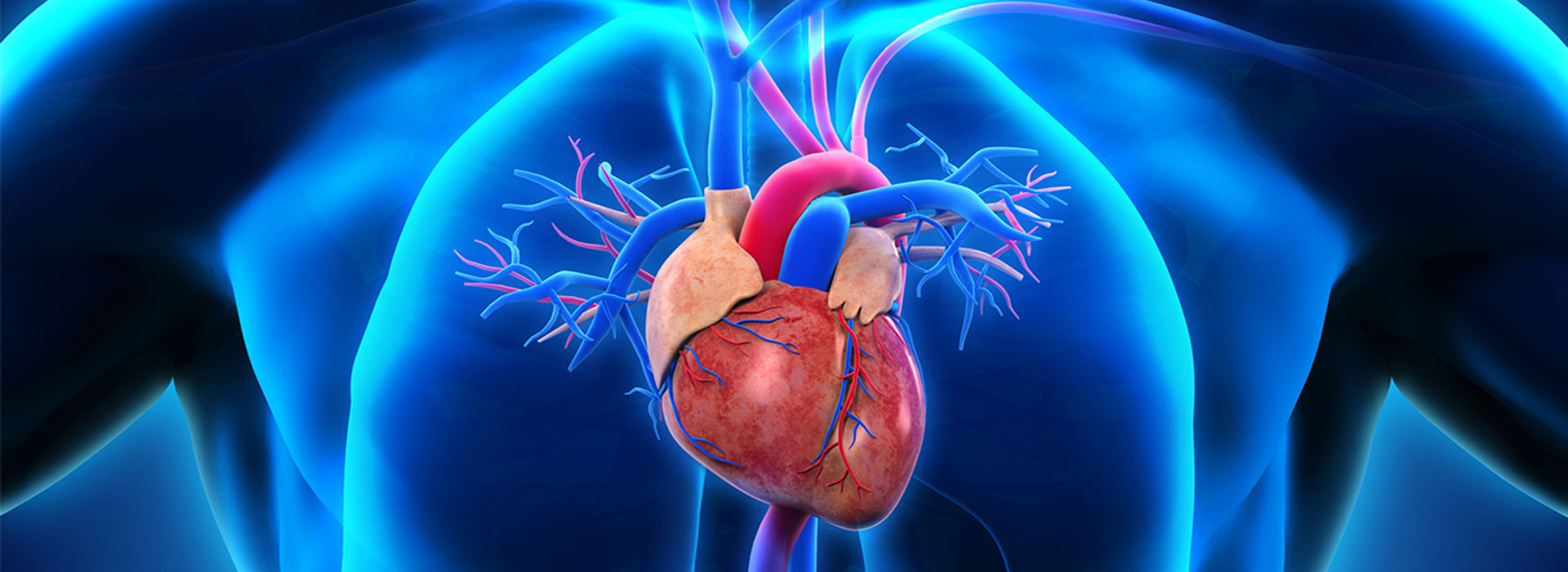
Left atrial appendage closure
Atrial fibrillation is the most common arrhythmia seen in the general population. When someone has atrial fibrillation, they may feel symptoms like a fast heartrate, discomfort, chest pain, and fainting. However, the main and essential problem of chronic atrial fibrillation is the complications that can be caused, such as:
- The dilation of the left atrium of the heart leading to heart failure.
- The reduction of the patient's functional capacity.
- The vascular stroke.
In patients with atrial fibrillation, the probability of a stroke increases fivefold and its severity is greater.
Treatment
We treat atrial fibrillation either medicinally or invasively, ablating the arrhythmia with various methods. The risk of stroke is treated by the cardiologist by taking anticoagulant drugs that reduce blood clotting.
However, there is a large population group of patients who cannot take anticoagulants either because of previous cerebral hemorrhage or other bleeding events, or because of vascular malformations and other diseases that have a bleeding tendency.
For this category of patients, there is the alternative solution of occluding the auricle of the left atrium, which hosts the vast majority of clots, in order to avoid a life-threatening stroke.

Left atrial appendage closure
Closure of the auricle of the left atrium is performed percutaneously with special devices available.
The procedure is performed by specialized Interventional Cardiologists, with experience in structural heart diseases, with a risk of complications below 1%.
Devices that look like small "umbrellas" are used and, according to the latest studies (PROTECT ΑF), over time the protection of these devices is equivalent to anticoagulants and the patient has a lower chance of bleeding.
During the intervention, the device is inserted from the femoral vein, advanced into the right atrium, where, by penetratingthe atrial septum, it is placed in the auricle of the left atrium. The operation is performed in the catheterization laboratory with the simultaneous use of fluoroscopy and Transesophageal Echocardiography. The duration of the procedureis approximately one hour. It is done under general anaesthesia and a one-day hospital stay is required. The patient is discharged the next day and returns to his normal activity.


